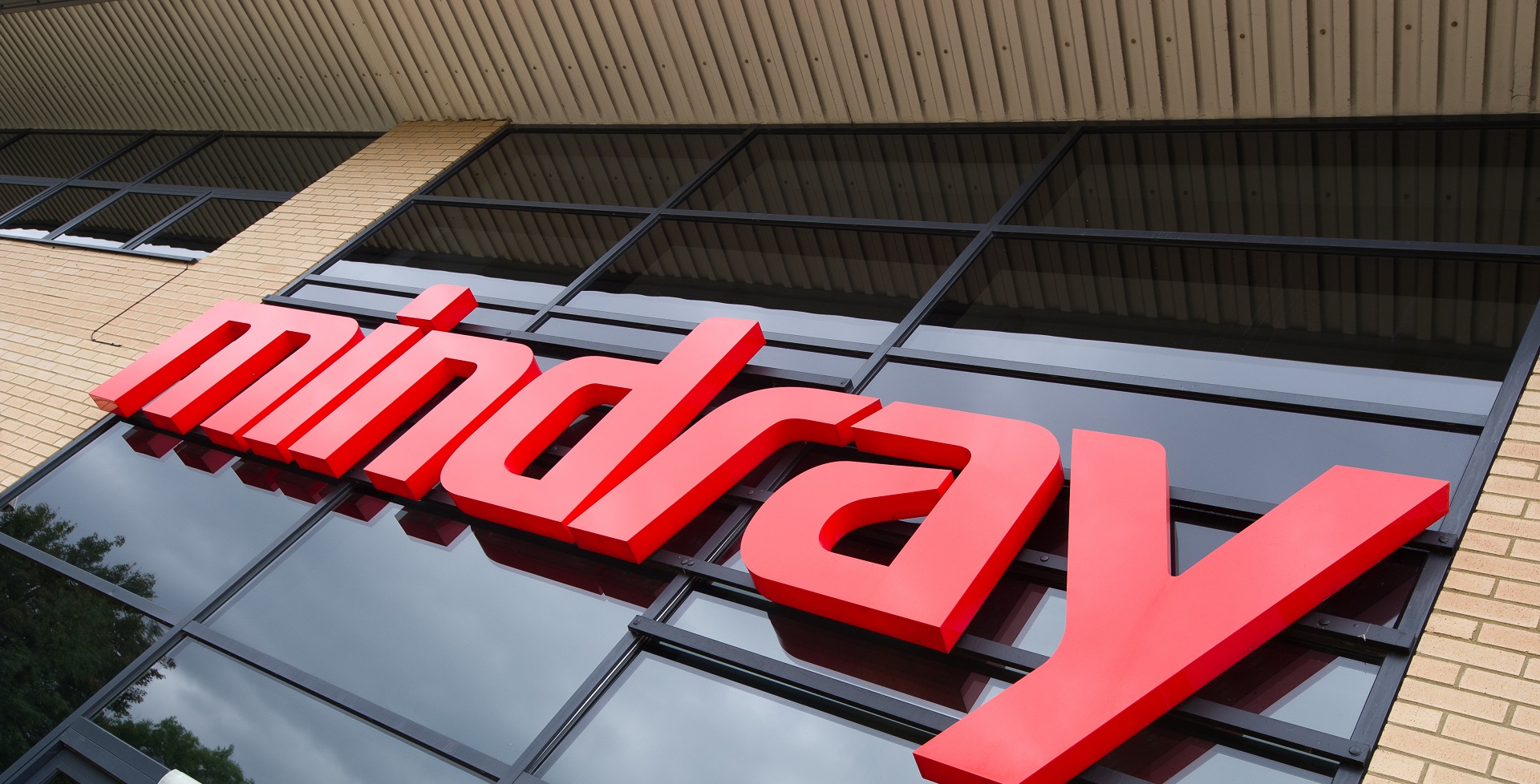Ross Hood, senior field service engineer, Mindray UK
Ross Hood, our senior field service engineer for Scotland, reflects on the past 5 years at Mindray and explains more about the support he provides and how he has helped customers achieve their vision.

How long have you worked for Mindray?
I’ll have been with Mindray for five years in May and saying that out loud actually makes me realise how long it’s been! The time has absolutely flown by, and I’ve seen the company and what we can do grow so much during the years.
What do you do as a senior service engineer?
The job is becoming increasingly varied as our customers take on more connectivity projects, but generally I travel across the whole of Scotland, including the Highlands and Islands, to support new installs and integrations, perform regular maintenance and fulfil our two service contracts up here. Supporting new installs or integrations requires me to have more connectivity experience, which Mindray has trained me and several others to impart to customers. Any work I carry out is always suited to the customer’s timescales and device availability; I have a close relationship with all the EBMEs I work with and always make sure to liaise with the nursing team beforehand to minimise any device downtime.
What are service contracts?
Our service contracts include annual comprehensive maintenance checks and depending on the size of the hospital and volume of work, can take anywhere from one week to three weeks to complete. This process involves parameter checks, device self-tests and any calibrations required on any Mindray device across the entire hospital. We provide regular service support for two hospitals in Scotland, one of which is Balfour Hospital in Orkney. Both sites have their own requirements, but our work reassures customers that we do everything we can to help them keep their systems in top condition. The contracts really help hospitals put a clear monetary figure to their service requirements and prove useful for any health boards that want to plan their budgets accordingly.
What kind of IT and connectivity work do you perform for customers?
On the install and integration side of things we always make sure existing networks and infrastructure can handle the proposed work. For example, when connecting our TM80 telemetry devices to a hospital Wi-Fi network, I first carry out a Wi-Fi survey to check if there is enough coverage to support the hospital’s idea for connected telemetry. For other projects where customers want to connect their Electronic Patient Records (EPR) to their monitoring network or add a new device to their existing connected monitoring system, then it’s a joint effort between myself and the IT team. I can often perform the on-site changes that need to be made to existing systems; but during COVID I’ve also provided a lot of remote IT support to customers through our online ticket system.
What has changed about Mindray and your work during your time here?
Mindray has expanded massively since I started; every time I go down to the office in Cambridgeshire, I see new faces and new desks being set up. This has meant we can provide more support services for customers and generally allows us to handle projects of any size. With the training and experience I’ve accumulated during the last five years, I’ve certainly grown more confident in my knowledge and abilities – which I’ve passed on to our customers.
Job most proud of?
A recent NICU integration project has been particularly rewarding for me. The hospital has connected its N Series patient monitors in the NICU to its EPR provider, Badgernet. I’m proud of this one because I was able to use all my service expertise and IT training to deliver something that makes a real difference to the caregivers in the unit. Mindray monitors are connected to Badgernet using our M-Connect system, which in this case is made up of a CMS Server for storing and distributing data, as well as our own eGateway solution, for linking the data to the EPR. Caregivers can access the EPR data at the bedside using iView, to help support the accuracy and quality of clinical decision-making. In what became a very complicated job, I was proud to act as project manager and really make sure everything the customer wanted was carried out. It was so satisfying to help a customer achieve their vision.
